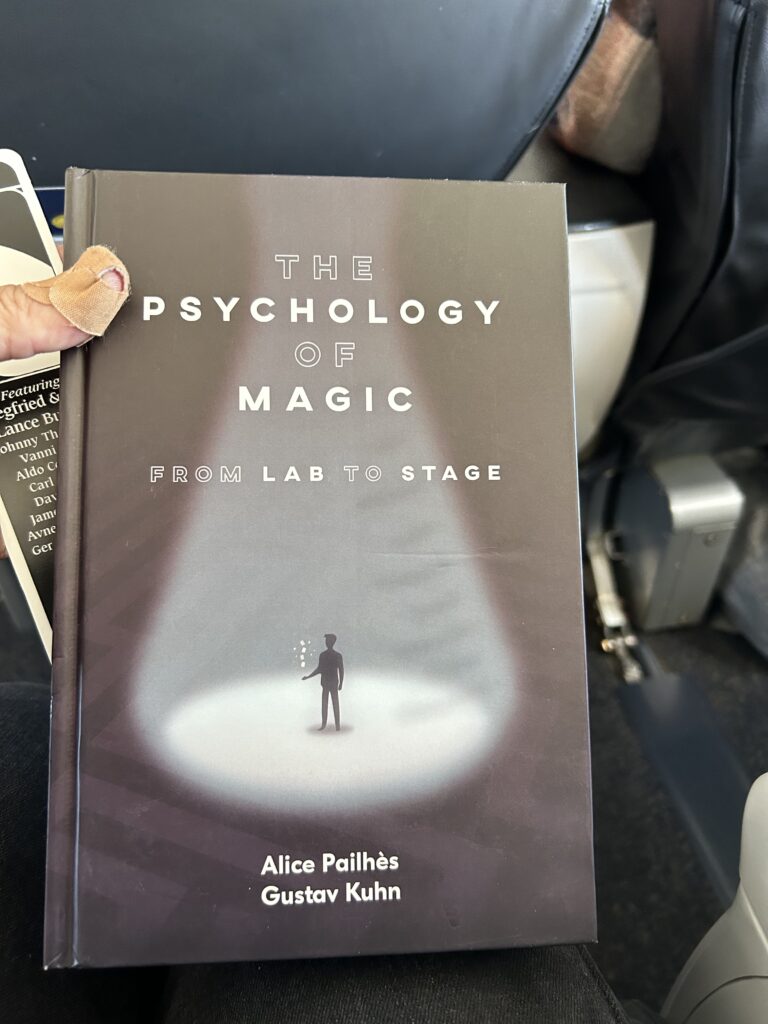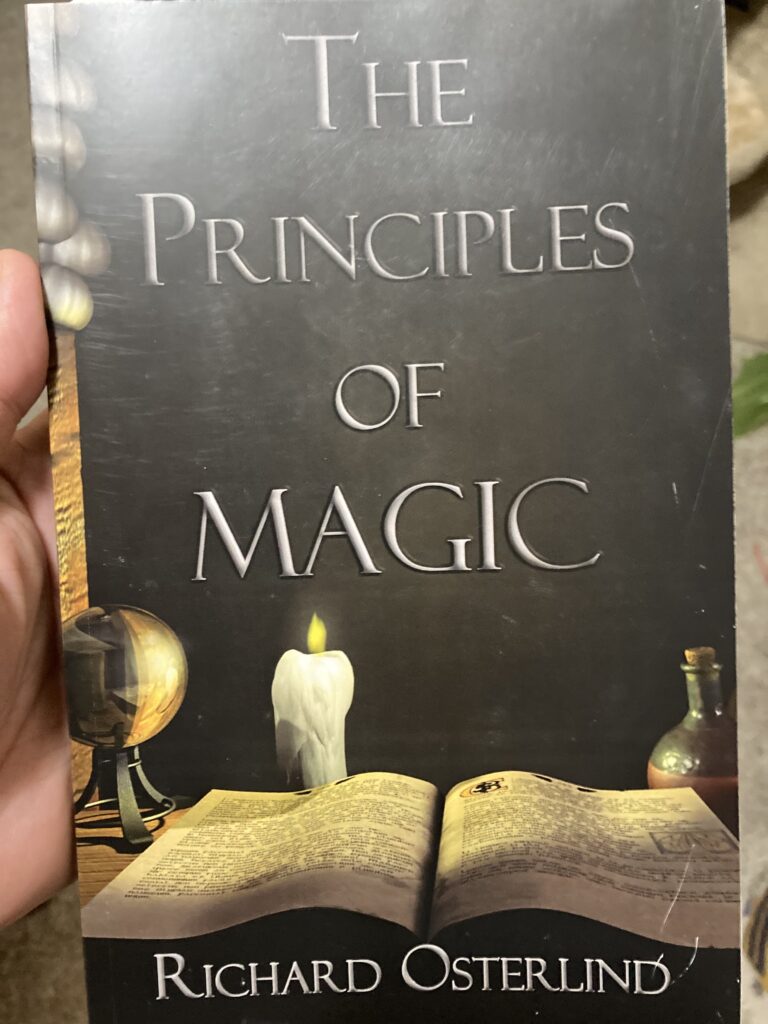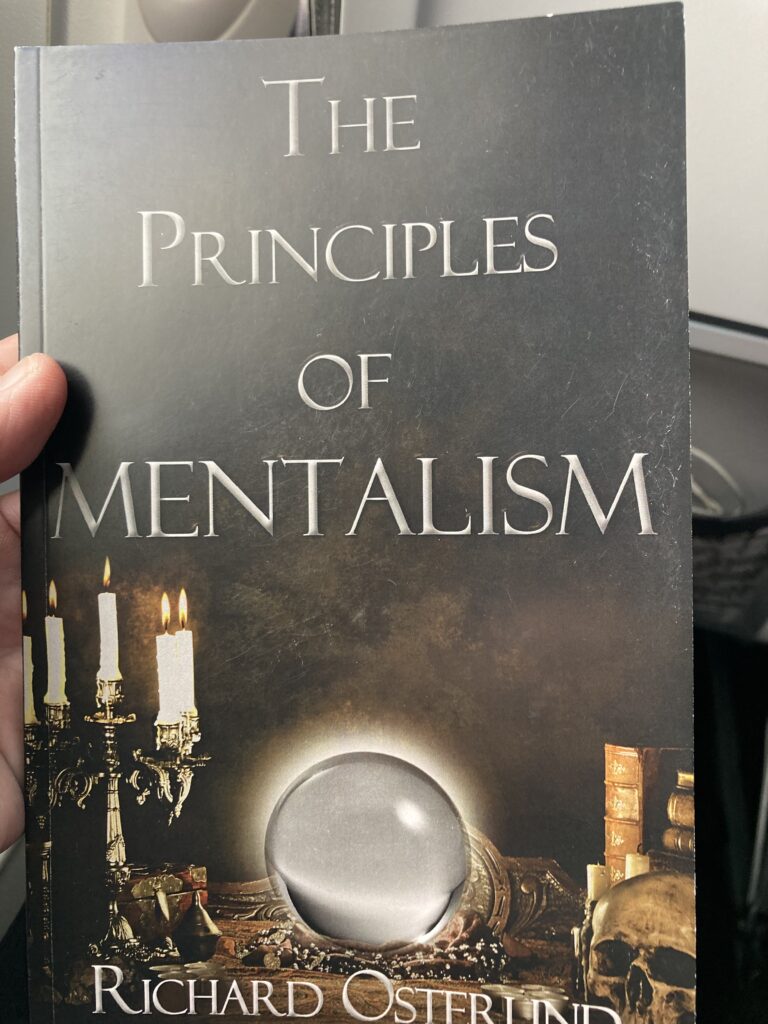Performing magic requires the audience stop believing what they know. A magic show is a world where anything can happen…but there are limits. If they can see the ball palmed in your hand, you break that suspension. If an effect lasts too long and give them time to leave the magical world and into an … Continue reading “Suspension of Disbelief…”
Performing magic requires the audience stop believing what they know. A magic show is a world where anything can happen…but there are limits. If they can see the ball palmed in your hand, you break that suspension. If an effect lasts too long and give them time to leave the magical world and into an analytical world, you’ve also lost the suspension of disbelief.
Here’s an example, let’s say you are floating a lady and she just levitates for a minute. Just static in the air without moving, and nothing else happens. The audience gets over the shock of them floating and no shifts to why is she floating mode. Odds are within the remaining 40 seconds they’ll figure it out. That’s why you add things like motion. She floats up or around you. You pass a hoop over her. These things keep your mind from becoming bored and stop suspending disbelief.
The suspension of disbelief goes beyond magic, it goes into puppetry, physical comedy, story telling, and even juggling. The audience doesn’t really believe it’s the juggler’s first time doing a trick, or that you and the puppet are having a spontaneous conversation. You need to keep adding things to prolong the suspension of disbelief, like the juggler dropping on his first attempt.
With your magic, how are you keeping people’s minds in your world?



